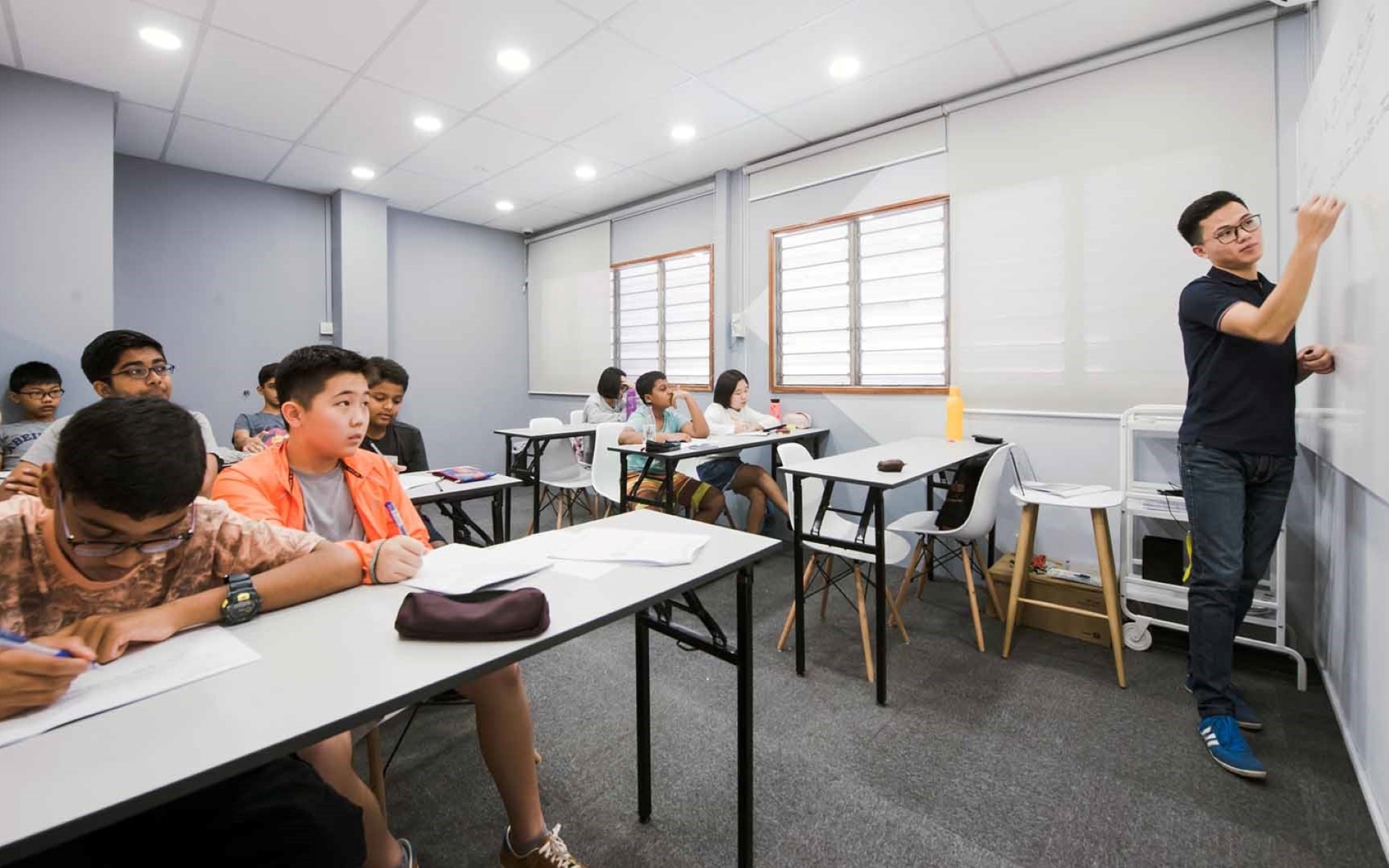O Level Elementary Mathematics (E Maths) is a key subject in Singapore’s education system. It equips students with essential mathematical skills that form the foundation for future academic and professional pursuits. Over the decades, the nature of O Level E Maths questions has transformed significantly. These changes mirror advancements in teaching strategies, evolving educational goals, and the need to prepare students for real-world challenges.
Understanding this evolution will help you understand why O Level E Maths is designed the way it is today. This article explores the shifts in question formats and teaching approaches, demonstrating how these changes shape students’ problem-solving abilities and critical thinking.
1. Focus on Fundamental Skills (1970s - 1980s)
In the early stages, O Level E Maths questions focused on building foundational mathematical skills. The primary goal during this period was to ensure students had a strong grasp of arithmetic, algebra, and geometry. Questions were straightforward, often requiring the application of formulas and basic computation to find answers.
For example, a typical question might ask students to calculate the area of a rectangle or solve a simple equation. These problems tested students’ understanding of fundamental concepts and ability to apply them correctly.
The approach during this era prioritised accuracy and precision but left little room for creative or critical thinking. Students were expected to memorise formulas and methods.
2. Introduction of Application-Based Problems (1990s)
By the 1990s, the nature of O Level E Maths questions shifted towards more application-based problems. This change aimed to make mathematics more relatable and useful for everyday scenarios. Instead of focusing solely on calculations, students were required to apply their mathematical knowledge to solve practical problems.
For instance, questions might involve calculating the total cost of groceries after applying a discount or determining the time needed to complete a journey based on speed and distance. These scenarios required students to interpret word problems, identify the relevant mathematical concepts, and perform the necessary calculations.
This evolution in question style encouraged students to think about how mathematics could be used in real-life situations. It also highlighted the importance of logical reasoning and contextual understanding. O Level E Maths tuition played a critical role in helping students adapt to this new style of questioning by providing targeted practice and guidance on how to approach these real-world problems effectively.
3. Emphasis on Critical Thinking and Reasoning (2000s)
The 2000s brought about a significant change in the design of O Level E Maths questions. During this period, the focus expanded to include critical thinking and multi-step problem-solving. Questions became more complex, often integrating multiple mathematical concepts such as algebra, geometry, and trigonometry within a single problem.
An example might involve calculating the dimensions of a storage box given its volume and certain constraints on its surface area. These questions required students to break down the problem into manageable parts, identify the relevant formulas, and execute the solution methodically. Unlike earlier periods, memorisation alone was insufficient; students needed to demonstrate a deep understanding of the subject and apply it creatively.
This shift aligned with Singapore’s goal of developing students into independent thinkers and problem solvers. However, the increased difficulty meant that many students sought E Maths tuition to help them tackle these multi-step problems. Tutors provided structured explanations, additional examples, and strategies to enhance students’ analytical skills.
4. Integration of Technology and Graphical Tools (2010s - Present)
With the rise of technology, the 2010s saw the introduction of graphing calculators and other digital tools into the O Level E Maths curriculum. These tools allowed students to visualise mathematical concepts, making solving complex problems involving graphs and data interpretation easier.
Questions during this period often required students to use graphing calculators to plot functions, find points of intersection, or analyse trends in data. For example, a question might involve solving a system of simultaneous equations by plotting their graphs and identifying their point of intersection.
This emphasis on technology prepared students for a data-driven world where mathematical tools are indispensable. However, mastering these tools required practice and guidance. Many students turned to O Level E Maths tuition to learn how to use graphing calculators effectively and to understand the nuances of graphical interpretation.
5. Current Trends: Real-World and Interdisciplinary Focus (2020s)
In the 2020s, O Level E Maths questions have continued to evolve, reflecting an interdisciplinary and real-world focus. Today’s questions often integrate mathematics with other fields, such as science, economics, and environmental studies. This approach encourages students to think critically about global issues and apply mathematical reasoning to propose solutions.
For instance, a question might involve designing an energy-efficient building by optimising its dimensions to minimise surface area while maximising internal volume. Such problems challenge students to combine mathematical concepts with practical considerations, fostering innovation and sustainability awareness.
These modern trends highlight the importance of flexibility and adaptability in mathematical thinking.
Preparing for Success with O Level E Maths Tuition
Over the decades, the evolution of O Level E Maths questions demonstrates Singapore’s commitment to developing future-ready students. From focusing on fundamental skills to addressing real-world problems and interdisciplinary challenges, this progression has ensured that students have the tools they need to succeed in a rapidly changing world.
Terry Chew Academy offers comprehensive O Level E Maths tuition programmes for students who want to excel in this dynamic subject. Our tailored lessons help students master both foundational concepts and advanced problem-solving techniques, ensuring they are well-prepared for academic success. With our right support, your child can confidently tackle the evolving challenges of O Level E Math and achieve their full potential!

 Like us
Like us



